Gellir lawrlwytho cynnwys at ddefnydd anfasnachol, megis defnydd personol neu ar gyfer adnoddau addysgol.
Ar gyfer defnydd masnachol cysyllwch yn uniongyrchol gyda deilydd yr hawlfraint os gwelwch yn dda.
Read more about the The Creative Archive Licence.
Disgrifiad
This booklet contains memoirs and reflections collected in honour of the fifty year jubilee of the Cardiff New Synagogue in 1998.
The first essay looks at the history of the influx of refugees from continental Europe in the late 1930s. The author notes that the only way to get a work permit was by agreeing to work in an area of high unemployment, leading many of them into the South Wales Valleys. They started a number of businesses in Treforest, bringing employment to the area.
Many of these so-called Continentals were not practising Jews and some had even converted to Christianity. They found it difficult to fit in the orthodox Cardiff Jewish community. As a result, they started a Reform synagogue that was more open to people willing to commit to the Jewish religious traditions with varying levels of intensity.
The second essay discusses the history of the Council of the Cardiff New Synagogue. The Council is a body comprising Honorary Officers and members elected from the community. The role of the Council is to manage the affairs of the Synagogue.
The third essay considers the changing nature of the Cardiff Jewish community. The author notes that while the membership numbers have grown, an increasing number of people classified as members are actually the non-Jewish spouses and relatives of the Jewish individuals. Another change is the ability for the Synagogue to use the internet to reach Jews living in rural areas.
The fourth essay looks at the synagogue building in Moira Terrace. Bought in 1951, the building was then known as the Mount Tabor Chapel. Built in 1895, it was severely damaged during the Second World War and its side walls had to be taken down and rebuilt. The synagogue was consecrated in 1952. In 1962, the congregation bought the building adjoining the synagogue and replaced it with a school.
The fifth essay focuses on the history of the Ladies' Guild, which the author calls the centre of all the social and fund-raising activities of the Synagogue. The events have ranged from card games to trips and the annual Garden Party.
The sixth essay discusses the history of the cheder, which the author notes has followed the time-honoured tradition of lack of teachers and complaints by both parents and pupils. The cheder lessons started in the home of Rabbi Graf before the purchase of the Synagogue building. The number of children attending cheder declined steeply in the 1980s from up to 90 to 25 and rose again to 52 in the 1990s.
The seventh essay considers briefly the Chevrah Kadisha, or the burial society, while the eighth one provides an overview of the changes in the rituals and services. The author notes that over the first 25 years, little changed in the way services were conducted but recently, significant changes have taken place. At the time of writing, the congregation had its second woman rabbi and lay members were active participants in conducting some of the services. The author also discusses the difficulties of reconciling tradition and the mood of the times, mentioning gender equality as one example.
The ninth essay discusses music at the Synagogue from the point of view of its longstanding organist. The tenth and final essay looks at the relationship between the Cardiff New Synagogue and the wider community.
The Cardiff Reform Synagogue was founded in 1948 as the Cardiff New Synagogue. The following year, it became a constituent member of the Movement for Reform Judaism. Born in reaction against the more restrictive traditions of the Orthodox Judaism of Cardiff Hebrew Congregation, such as the prohibition of driving on the Sabbath and the ban on interfaith marriages, the new Synagogue appealed to the immigrants who had fled the war-torn Europe, where the Reform movement was already well-established. The congregation worships in a converted Methodist Chapel on Moira Terrace they acquired in 1952.
Sources:
'The History of the Jewish Diaspora in Wales' by Cai Parry-Jones (http://e.bangor.ac.uk/4987);
JCR-UK/JewishGen (https://www.jewishgen.org/jcr-uk/Community/card1/index.htm).
Depository: Glamorgan Archives.





















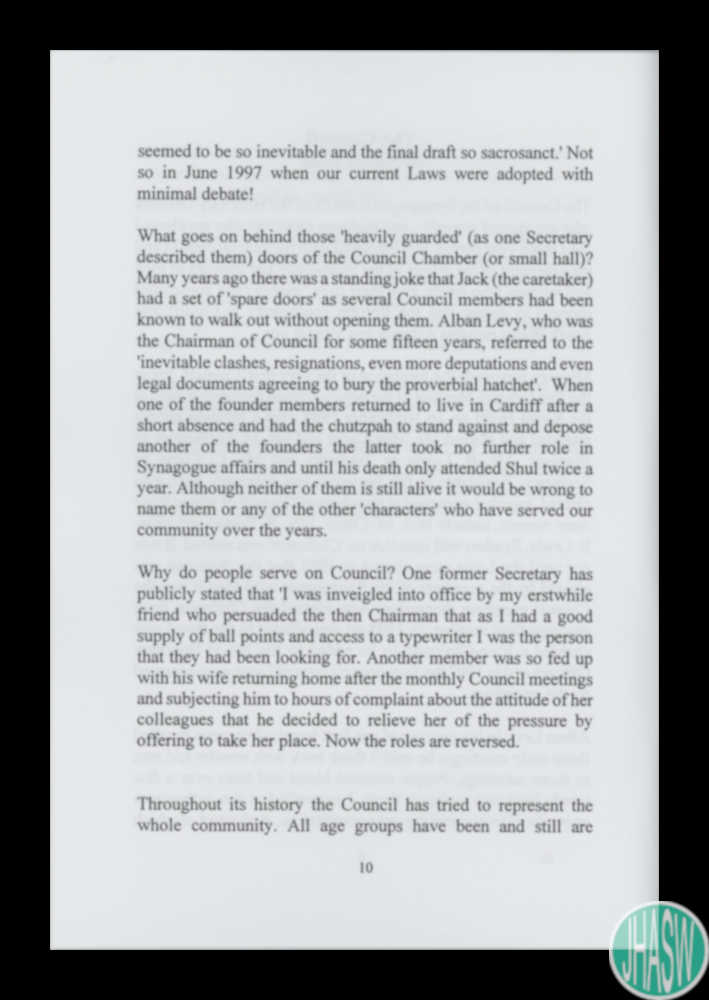

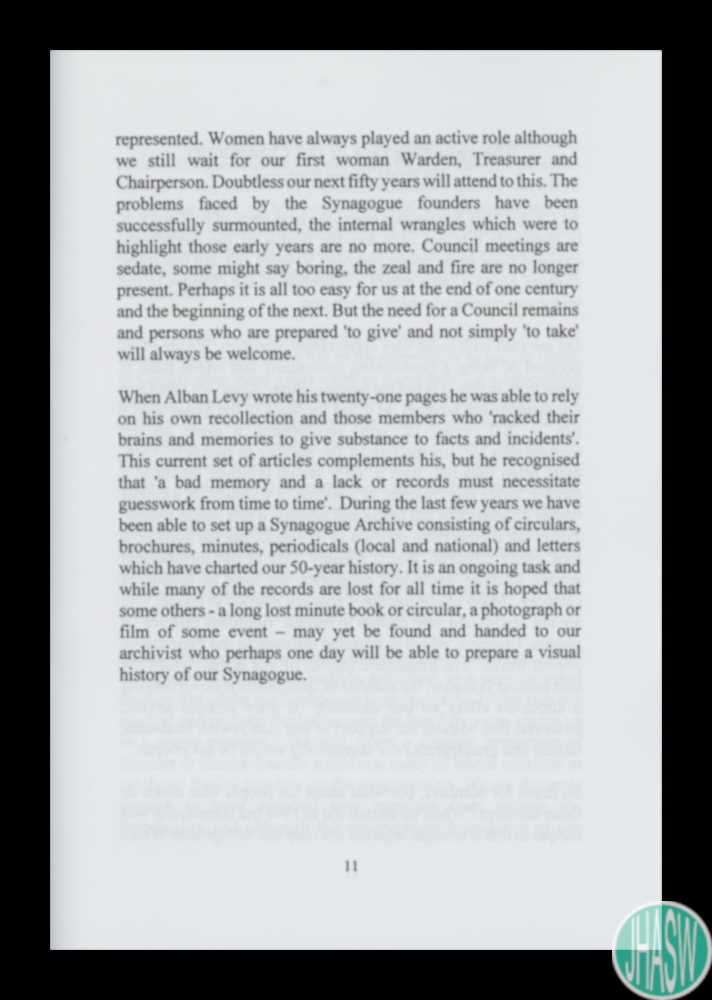



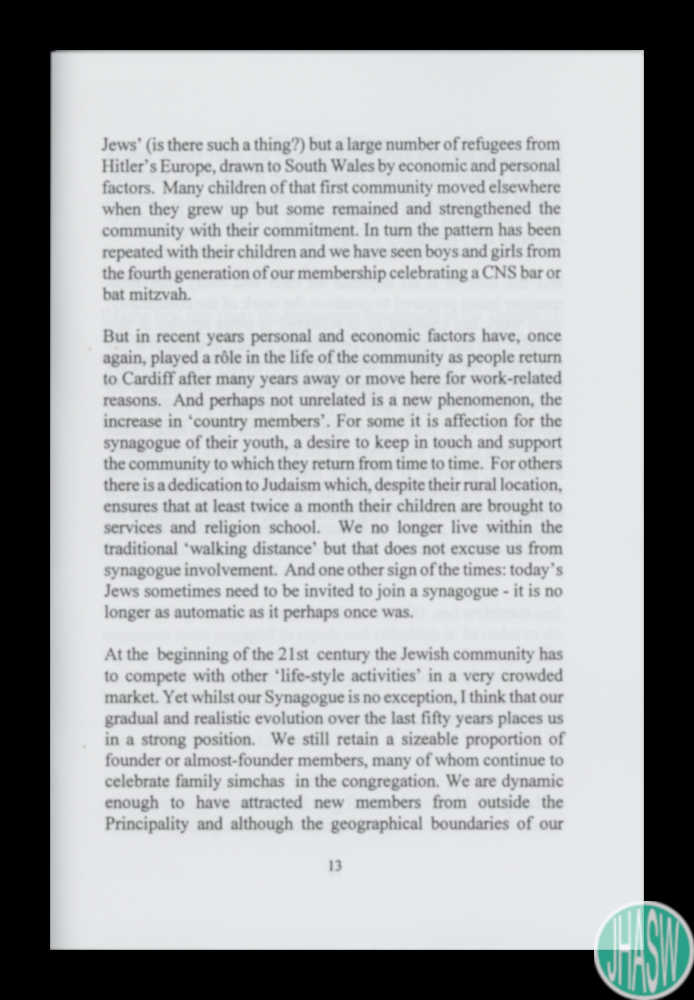

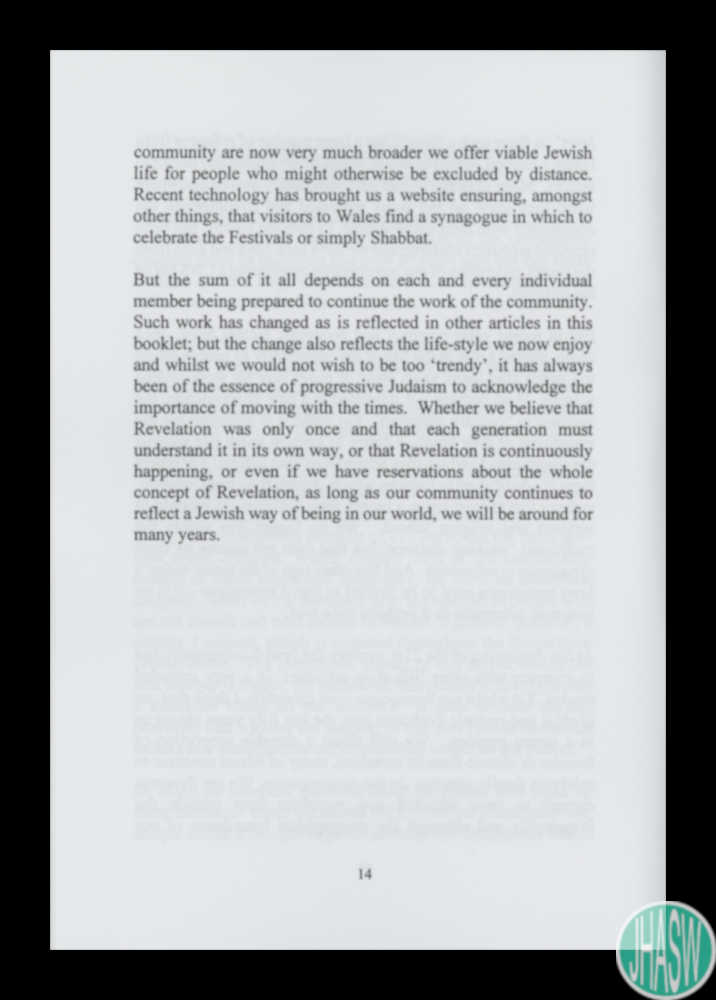



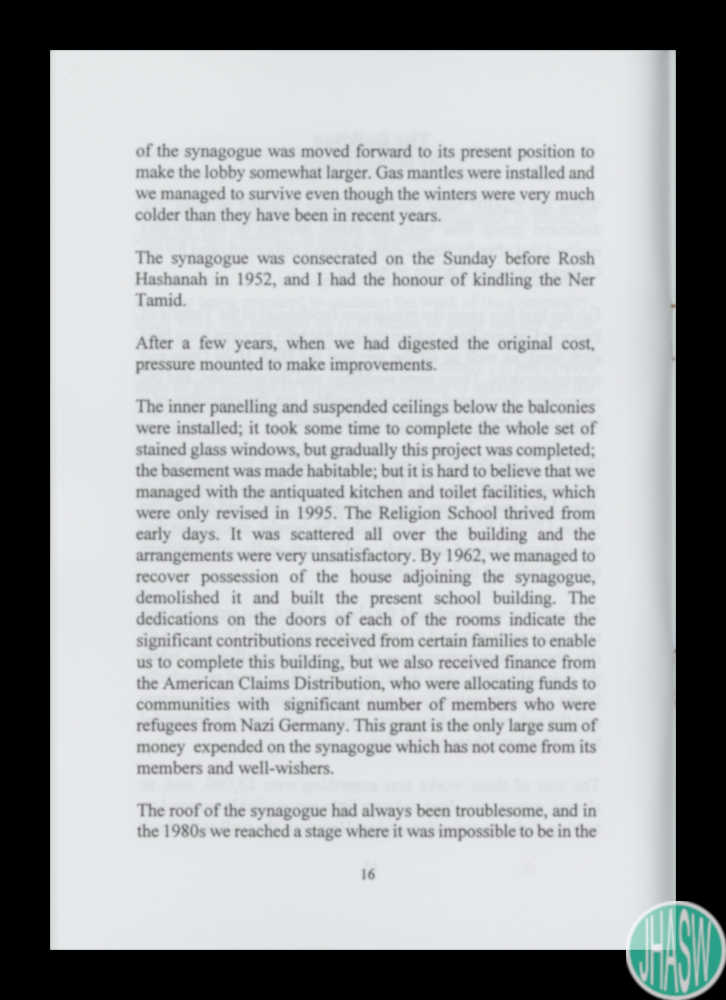

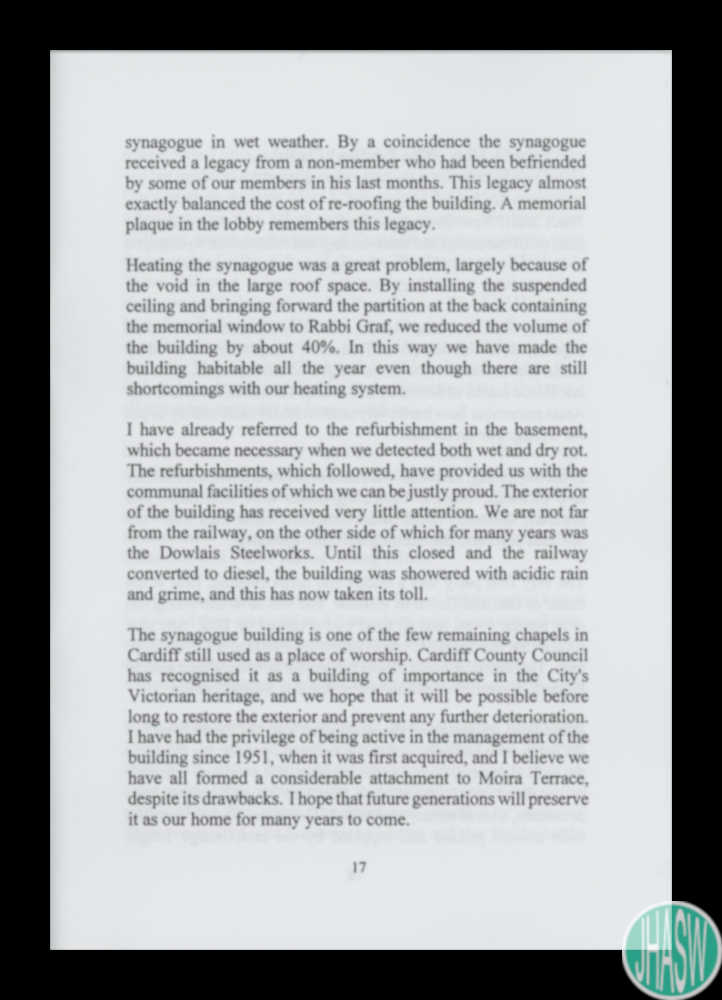











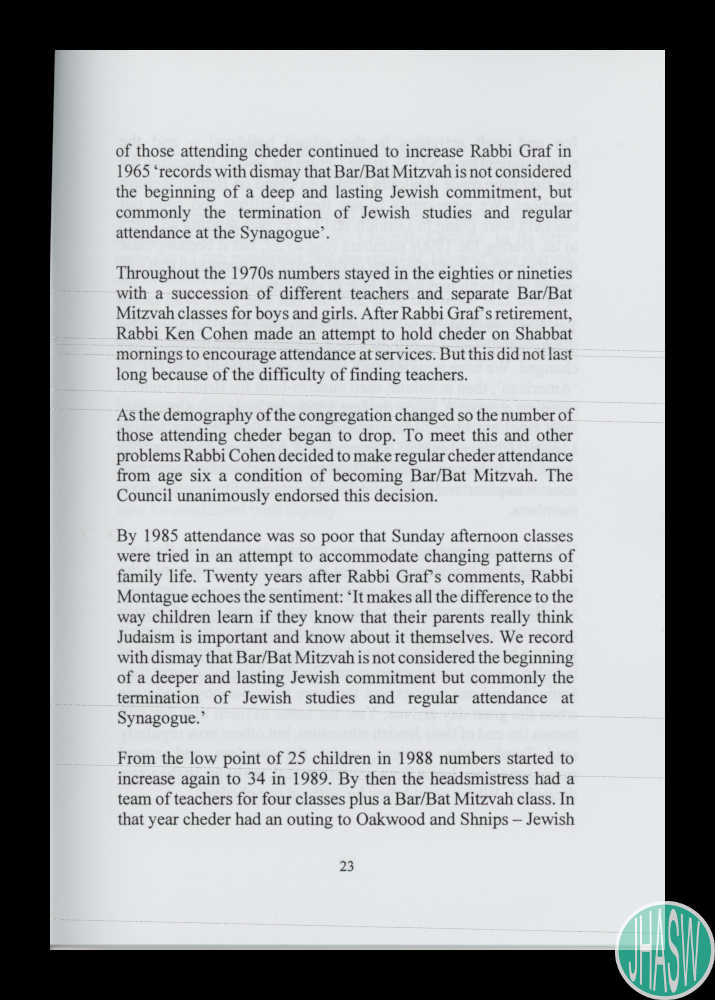





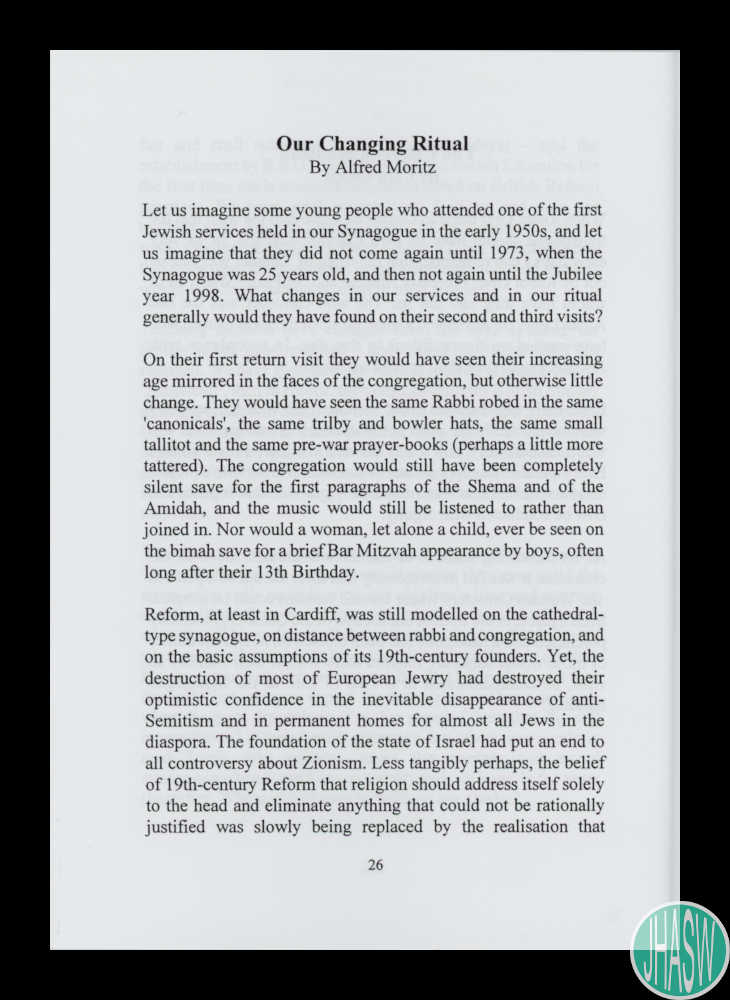

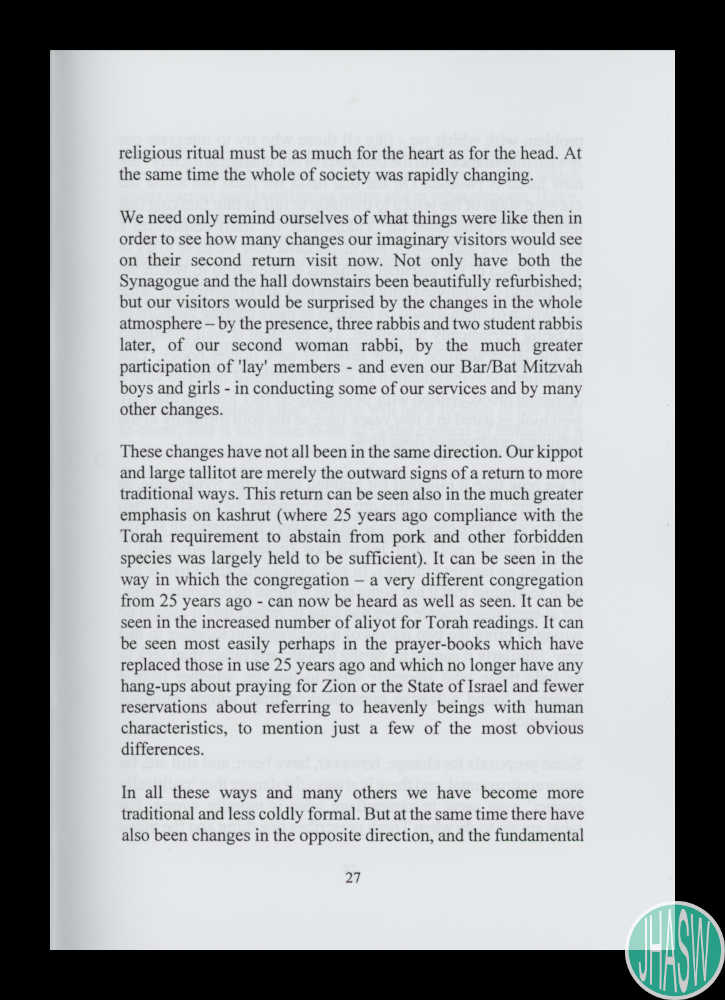









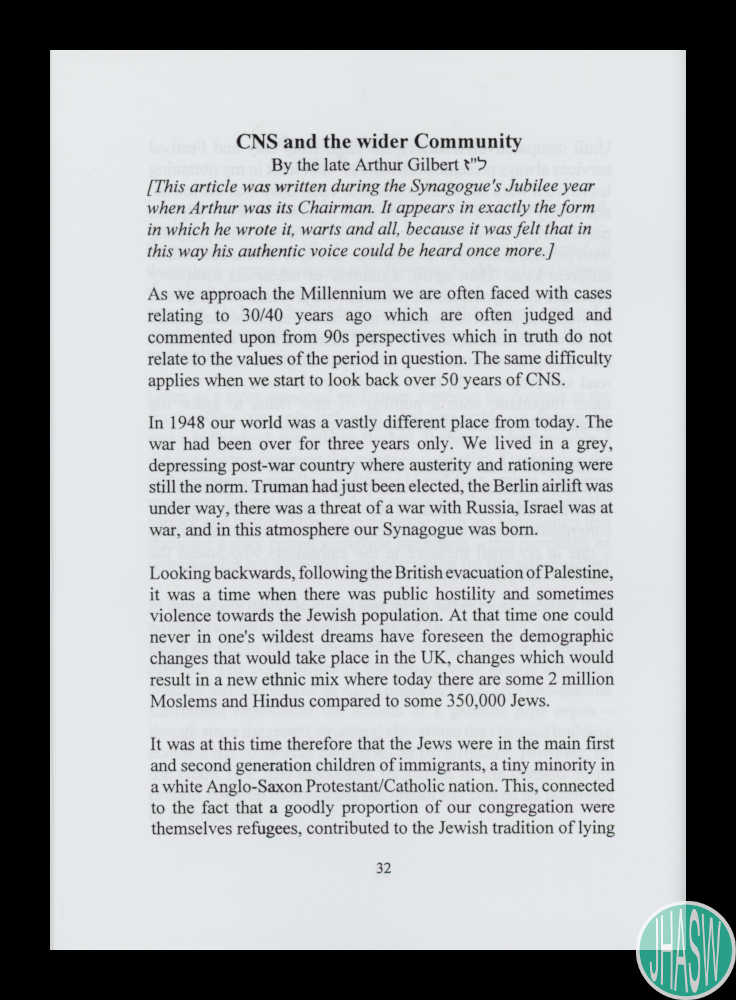



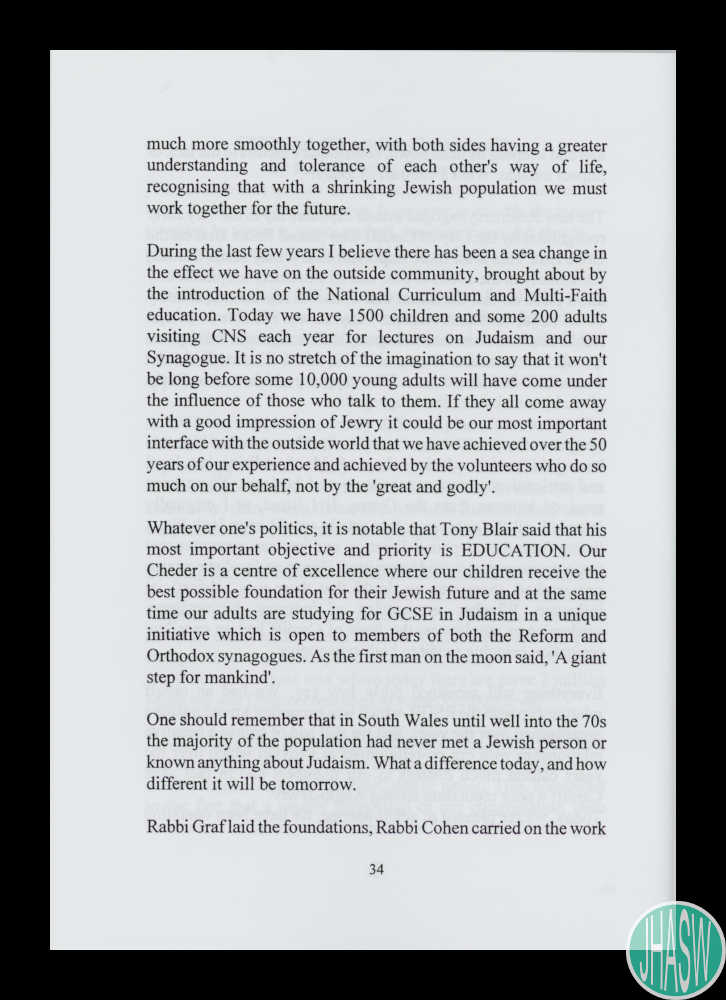


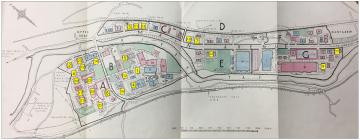

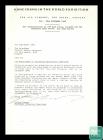

Oes gennych chi wybodaeth ychwanegol am yr eitem hon? Gadewch sylwad isod
Sylwadau (0)
Rhaid mewngofnodi i bostio sylw